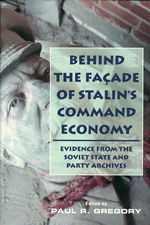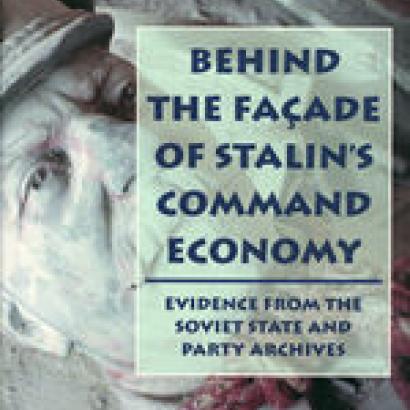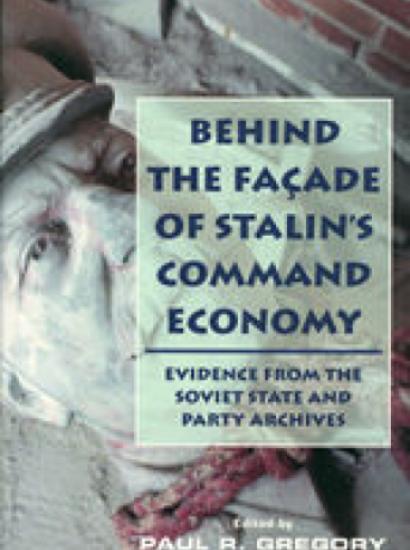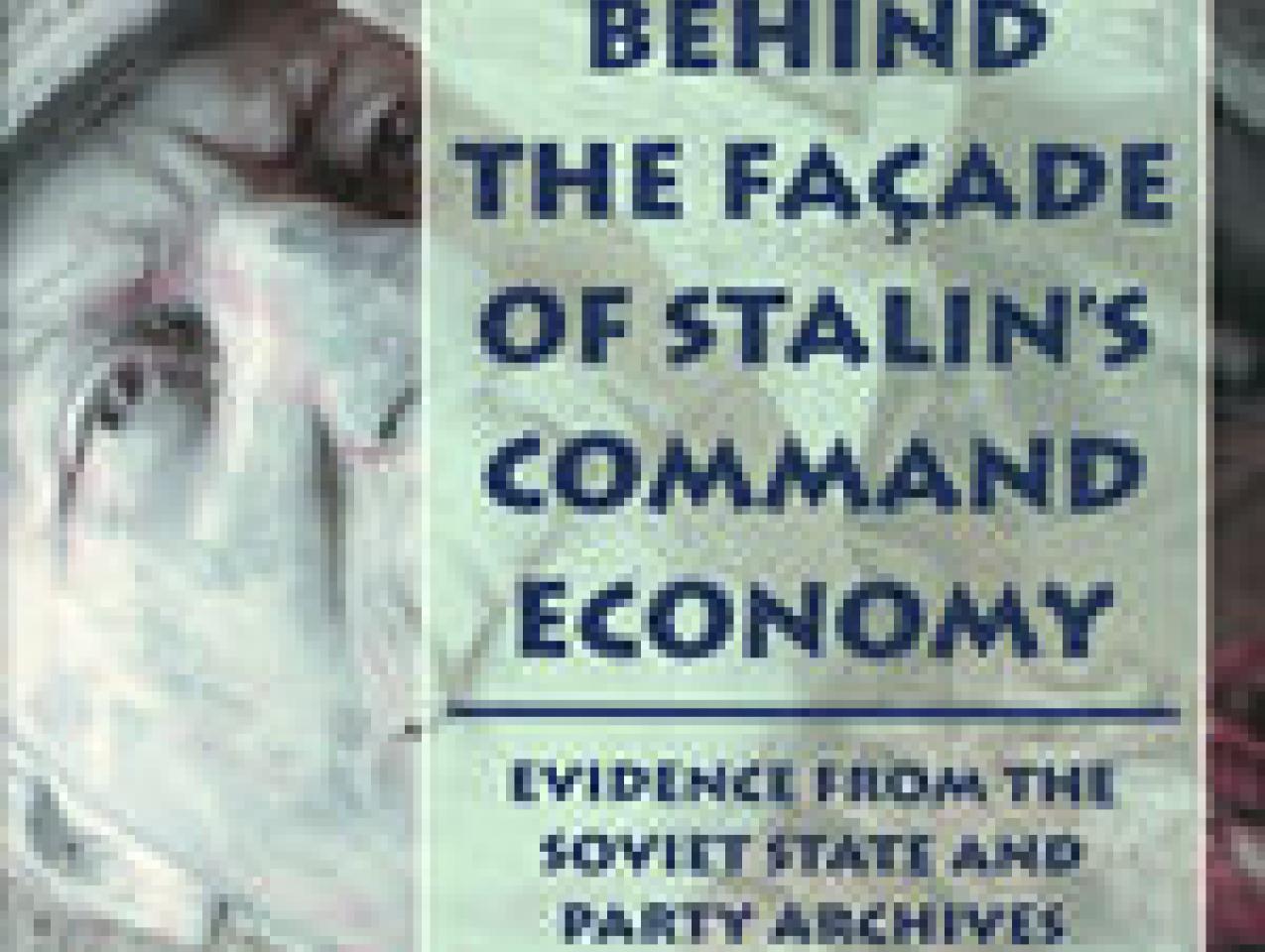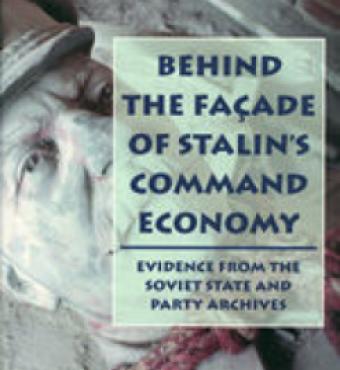- History
- Contemporary
- US
The opening of the once secret Soviet state and party archives in the early 1990s was an event of profound significance. Western scholars gained access to the same documents as had Soviet leaders, penetrating the official wall of secrecy that had stood firm for decades. But while considerable archive-based research on that period has been published over the past five years, relatively little work has been devoted to the economics of the Stalin system. Although the Stalinist command economy is supposedly a thing of the past, it continues to plague Russia's transition to a market economy, and, more important, it continues to have considerable emotional appeal as a substitute for a market economy.
So what can we learn about that economy from these formerly secret archives that we could not have learned prior to their opening? Behind the Façade of Stalin's Command Economy brings together prominent scholars from Russia, the United States, and the United Kingdom to summarize economic research based on the Soviet state and party archives. These contributors—most of whom have worked with these archives since they were opened—examine in detail such topics as the economics of the gulag, the management of military innovation, the specifics of defense budgets, the rule of law, Stalin's handwritten margin comments on planning documents, internal Politburo discussions, and other areas whose coverage could not have been imagined twenty years ago. Examining the period from the early 1930s through Stalin's death in 1953—the period of the creation of the Stalinist system—this enlightening book reveals what we have learned from the archives, what has surprised us, and what has confirmed what we already knew.
Copyright 2001.







